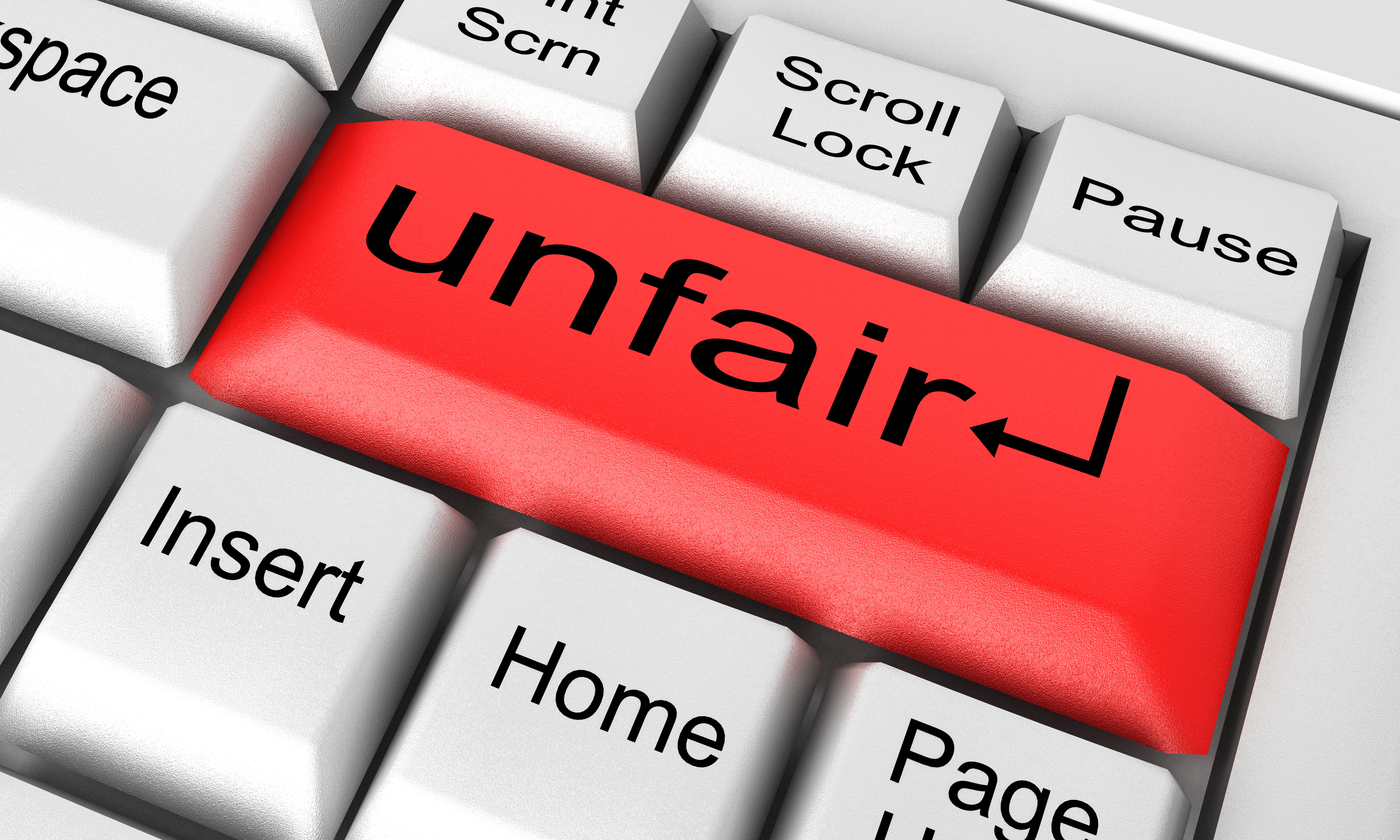Alberta’s rising classroom aggression
Brett McKay,
Local Journalism Initiative Reporter
Threats and physical violence have become common in Alberta’s classrooms, and teachers say they’re “walking on crushed glass to avoid angering the bullies.”
A report from the Alberta Teachers’ Association (ATA) highlights the increasing complexity and aggression in the province’s schools, and the organization is calling on government and school boards to prioritize staff and student safety, ATA president Jason Schilling said at a news event on April 9.
“My colleagues have shared with me many stories of acts of aggression that they’ve experienced and these stories are disturbing. And frankly, one story of a teacher being harmed in the classroom is one too many,” Schilling said.
Within the last year, half of Alberta teachers and 75 per cent of school leaders said they have experienced some form of aggression. More than half reported experiencing behaviours meant to intimidate a teacher or heard remarks intended to harm a teacher’s reputation, Schilling said.
Students were responsible for three-quarters of these aggressive acts, and 11 per cent came from parents, the ATA survey found. Schilling said teachers shared stories of being repeatedly hit, yelled at, and threatened.
Aggressive behaviours have increased since the COVID-19 pandemic, and the combined influence of the pandemic, social media, and divisive social issues have led to a “decline in empathy and compassion,” Schilling said.
“Aggression in classrooms can be explained by a number of societal changes, one of these being the culture wars.”
More than two-thirds of Alberta teachers and school leaders witnessed students making demeaning or hateful remarks to classmates with different views. These hostile exchanges were most commonly related to “sexual orientation and gender identity (69 per cent), race (63 per cent), COVID-19 policies (50 per cent), and climate change science (31 per cent),” according to the survey.
Political rage, media frenzies set tone for bullies
The connection between these areas of classroom harassment and hot-button political issues or contentious policy decisions in Alberta in recent years may be easy enough to make, but there is emerging evidence the influence inflamed political rhetoric and media coverage has on school bullying is more direct than generally assumed.
“I think a lot of the times we think that young people aren’t paying attention, and that it’s not making a difference for their lives. But the political situation is infiltrating the school climate, school culture, youth culture, and expressing itself through the ways that kids regulate each other, which is harassment and bullying,” said Stephen T. Russell, director of the School of Human Ecology at the University of Texas at Austin.
Russell’s own research tracked an increase in homophobic bullying among students in California during the period “the media was saturated with conversations about Prop 8,” a proposed state constitutional amendment that would have banned gay marriage. This rise in bullying and harassment during this time was not observed among kids who reported being bullied because of race, ethnicity, religion, or gender, and the trend in homophobic bullying declined once Prop 8 and stigmatizing conversations about gay marriage had faded from the news cycle.
Other research showed a dramatic increase in race and religious-based bullying in the weeks leading up to the 2016 presidential election and then fell off in the first week of November. “For those who remember, a big part of what was happening during that time was the presidential candidate Trump making really explicit statements about Mexican immigrants being a danger to the United States and Muslim people being a danger to the United States,” Russel explained.
“Peer regulation is a thing we learn to do during adolescence. And one of the things we learn to do is demarcate our social groups and our values. And we model that on what the adults in our world are doing — especially our parents, but also the adults closest to us and adults that are a role model on TV, or on Twitter, or Instagram, or whatever,” he said.
That some of the bullying being reported by Alberta teachers is related to climate change science is both interesting and worrisome, Russell said, because unlike other reasons kids are bullied, there are no obvious physical or social indicators.
“It’s interesting, because it implies that there’s discourse. That people are talking about climate change,” he said. “You would only know, I guess, because there’s a conversation about it. And the conversation would be enough to promote, to prompt some kids to be empowered to bully others.”
If climate change, or the veracity of climate change, are the subject of heated political debate — as has been the case in Alberta — it’s not surprising it would emerge in aggressive behaviour in classrooms, Russell said, but it is concerning.
“Schools need to be a place where kids can explore and try out and discern their values and their ideas and their goals for themselves. And so something like climate change, the idea that has now become so politicized that there is a right and a wrong for kids, enough that they would bully each other, it is sobering.”
Teachers ask for action
Schilling said teachers are asking for increased funding to support students and to alleviate chronic understaffing. Staff also was want training in de-escalating aggressive behaviour and improved school board policies that address the issue of aggression “through consistent and fair discipline that is supported by the school division senior leaders and by school boards.”
“Our students and staff deserve to learn and work in a safe space in all of our schools across this province. Our research is clear that government and school boards must act swiftly to address these issues,” Schilling said.
Brett McKay,
Local Journalism Initiative Reporter
St. Albert Gazette




